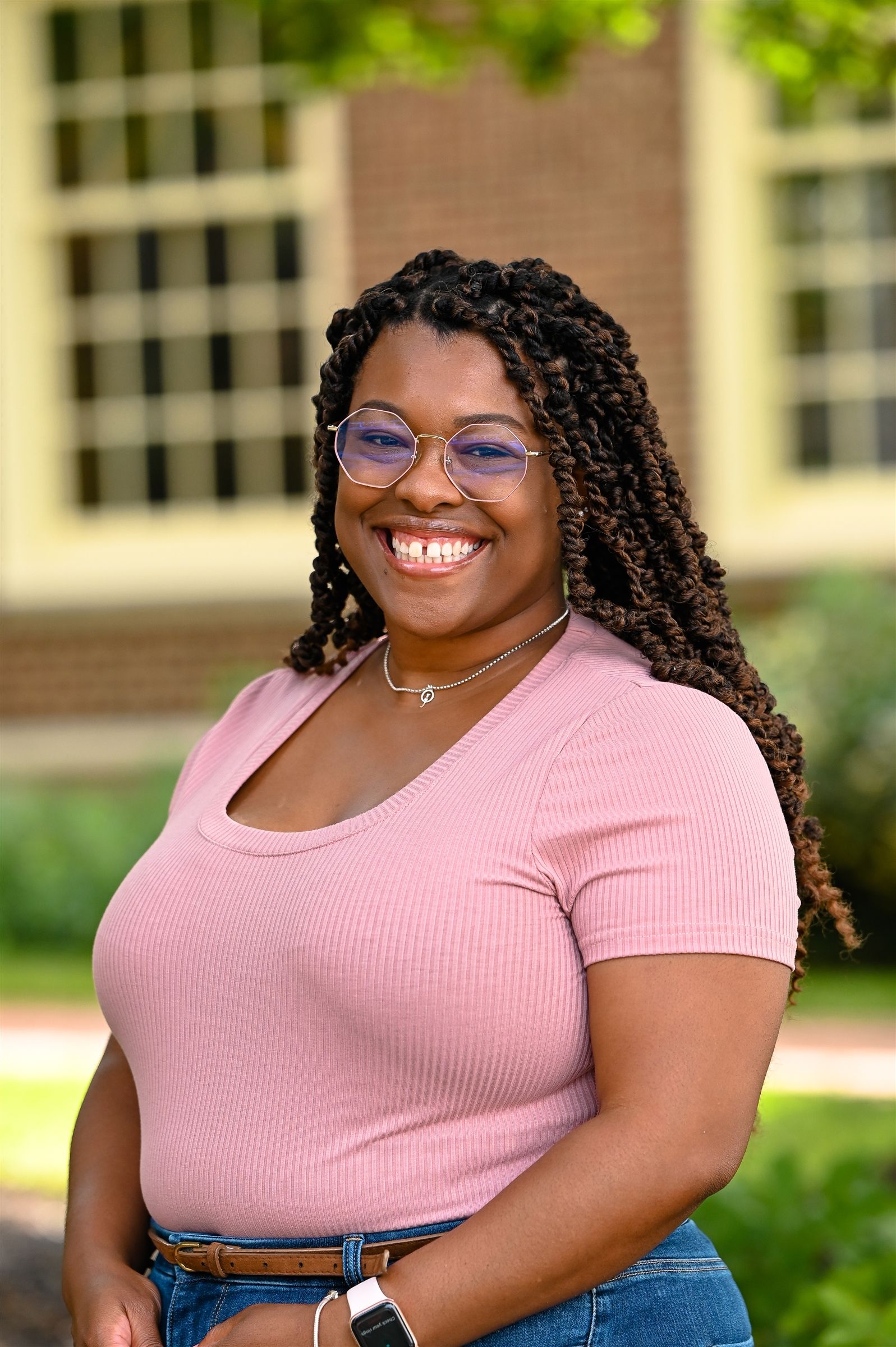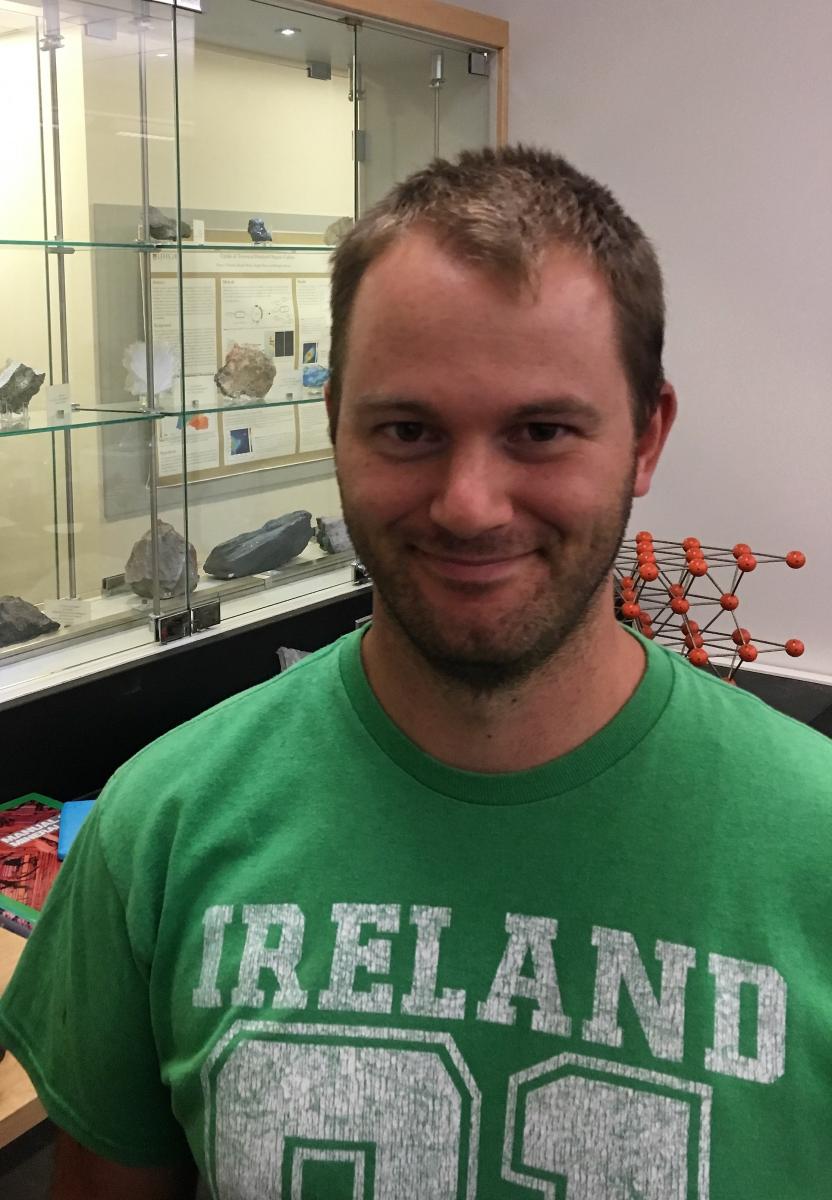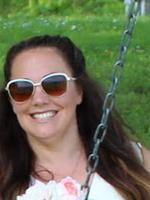






For the past six years, our team has developed and refined geospatially-integrated teaching in our Environmental Science and Biology classes. As a result, our students have a geospatially-intense experience of these curricula, completing geospatial investigations as they study (for example) the urban heat island effect, carbon sequestration, ecology, and more.
Within our sequence of geospatial instruction, students complete inquiry-driven lessons and projects that require extended analysis and decision-making. For example, in our Environmental Science classes, students complete two projects: (1) proposing ecological improvements to the school campus, enhancing the local community’s environmental sustainability, and (2) a smart growth proposal to suggest re-development of an area within our county to improve social, economic, and/or environmental outcomes.
This year, we are adding a new element to this sequence, a student-authored portfolio to review and curate their work, collecting the geospatial investigations and projects that they find the most important to their own learning. This poster session will showcase examples of students’ portfolios, both reflecting on their curricular learning and their emerging mastery of geospatial tools.
We also wish to highlight how these processes (of geospatial investigations and curation of a portfolio) work in both the general and the special education versions of our Environmental Science and Biology classrooms. For example, in the special education classroom, students often complete projects collaboratively, rather than as individuals, and have different sequences of instruction (such as a Nature Walk activity) to better support student learning.
At the end of the session, our participants will be able to:
1. Name and describe three free, cloud-based geospatial tools for teaching middle and secondary curriculum-aligned lessons: ArcGIS Online, Story Maps, and the Field Maps app.
2. Design scaffolds and templates for students to construct geospatial portfolios.
3. Locate and adapt sample geospatial learning materials featured on students’ geospatial portfolios.
4. Describe possible adaptations of geospatial instruction for special education contexts.
5. Locate resources for their own learning about geospatial tools and geospatially-enabled science instruction.
All student work is completed using three core geospatial technologies. All three technologies are completely free to use by K-12 institutions and can be implemented with or without student accounts.
1. ArcGIS Online (see https://b21.maps.arcgis.com/home/index.html for an example of a free, school-level account): This professional-grade, web-based GIS allows users to search, analyze, and annotate geospatial datasets.
2. Story Maps (see https://storymaps.arcgis.com/) allow teachers and students to create presentations that combine text, images, maps, datasets, videos, and more. Our teachers use story maps to explain curricular content and scaffold student data collection; students use story maps to present their final geospatial projects and build their portfolios.
3. ArcGIS Field Maps (https://www.esri.com/en-us/arcgis/products/arcgis-field-maps/overview) is a free app for mobile devices; it connects to ArcGIS Online and allows students to collect geo-referenced data using forms set up by their teachers. Students and teachers can examine and analyze the collected data in ArcGIS Online, and combine them with other layers of geo-data.
Our work has been supported by a sequence of grants from the National Science Foundation (DRL-1614216, DRL-1949400).
The poster will feature screenshots of four student portfolios, drawing from both Environmental Science and Biology classrooms and featuring work by students in both general and special education versions of the classes. Each portfolio will be accompanied by a QR code so that attendees can browse the digital versions of this work as well. We will also have laptops with us to show the materials live with interested attendees. We will also have a takeaway sheet with a brief summary of the content, the QR codes to access the digital materials, and contact information for anyone who would like to follow up with us after the poster session.
During the poster session, the presenting teachers and students will, as needed, summarize the instructional sequence, explain the technology and curricular concepts, demonstrate processes (such as how to build a portfolio), share anecdotes from their experiences in the classroom, and (of course!) answer any questions that attendees might have.
Carrigan, J., Bodzin, A., Hammond, T., Rutzmoser, S., & Farina, W. (2019, April/May). Investigating urban trees. The Science Teacher, 27-35.
Hammond, T.C., Bodzin, A., Anastasio, D., Holland, B., Popejoy, K., & Sahagian, D. (2018). “You know you can do this, right?”: Developing geospatial technological pedagogical content knowledge (GS-TPACK) and enhancing teachers’ cartographic behaviors with Socio-Environmental Science Investigations (SESI). Cartography and Geographic Information Science, 45, 305-318.
Hammond, T.C., Bodzin, A., Anastasio, D., Holland, B., Popejoy, K., & Sahagian, D. (2019). Shoulder-to-shoulder: Teacher professional development and curriculum design and development for geospatial technology integration with science and social studies teachers. Contemporary Issues in Technology and Teacher Education, 19(2), 279-301.
Kangas, S., Hammond, T.C., & Bodzin, A. (2019). Using geospatial technology to teach language and content to English learners. TESOL Journal, 10(2), 1-12. DOI: 10.1002/tesj.422
Leeson, D., Hammond, T., Popejoy, K., Bodzin, A., Hardisky, M., & Lew, S. (In press). Eagles and wind turbines: Using maps to protect animals and increase renewable energy use. The Geography Teacher.